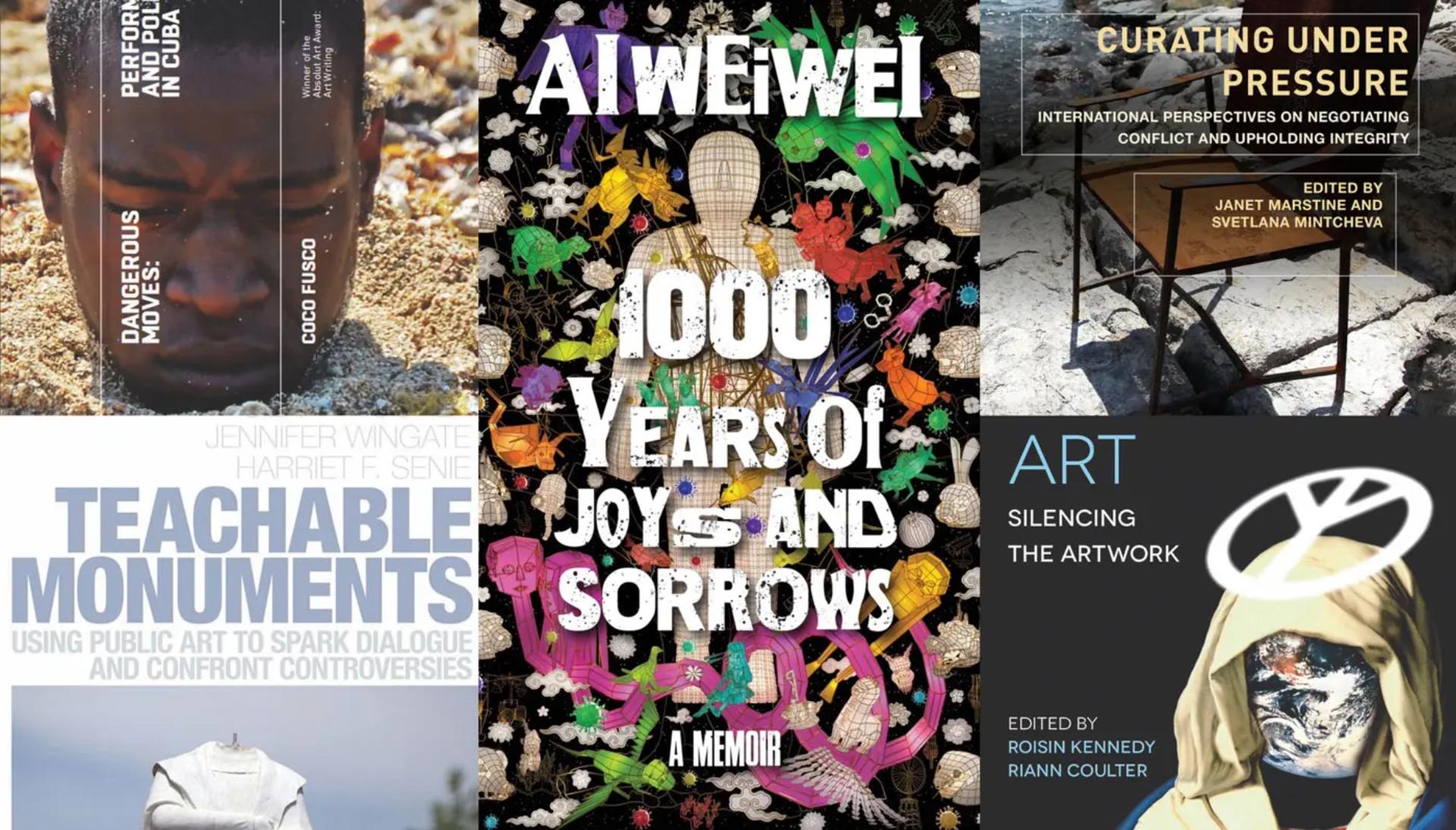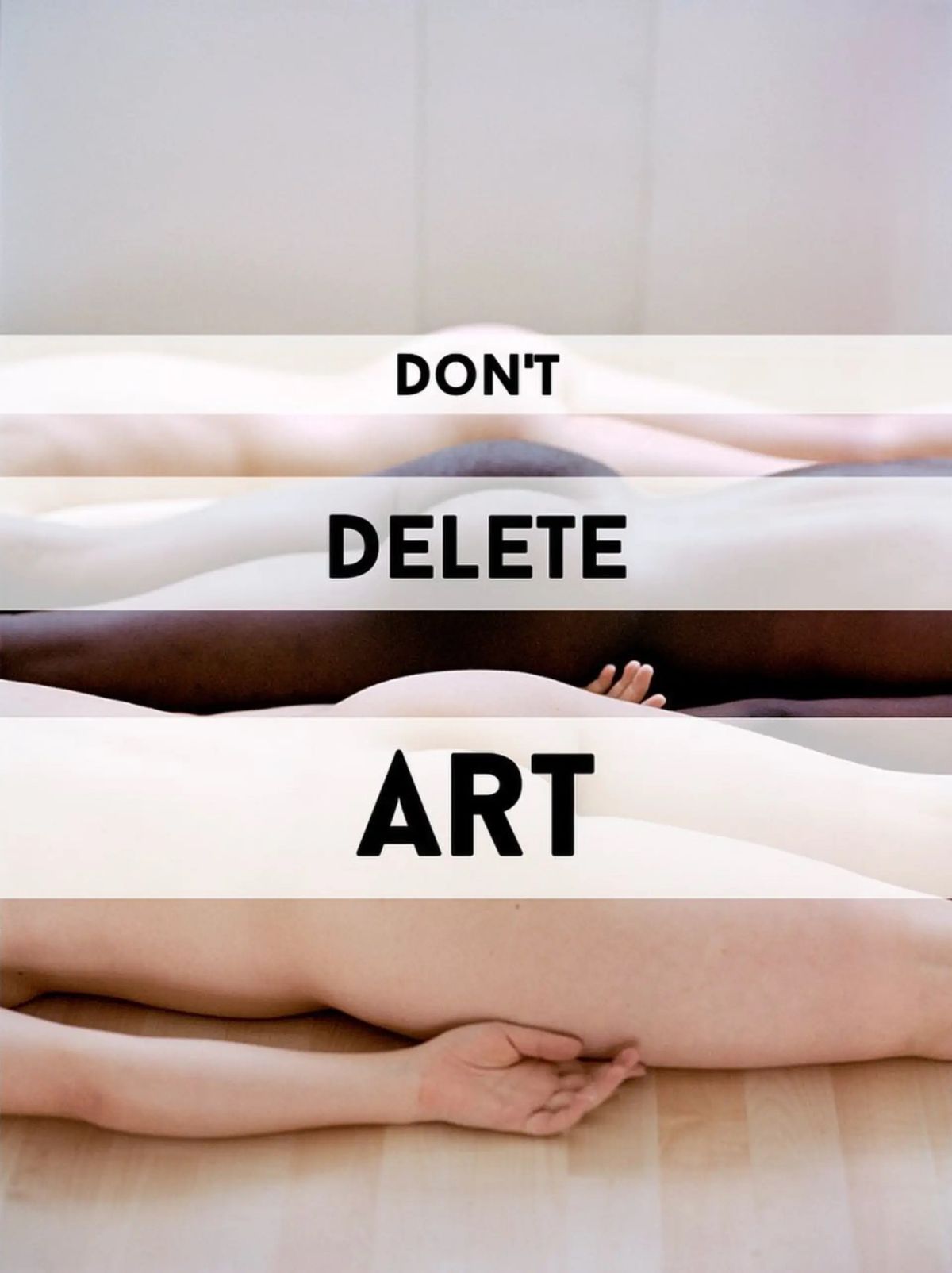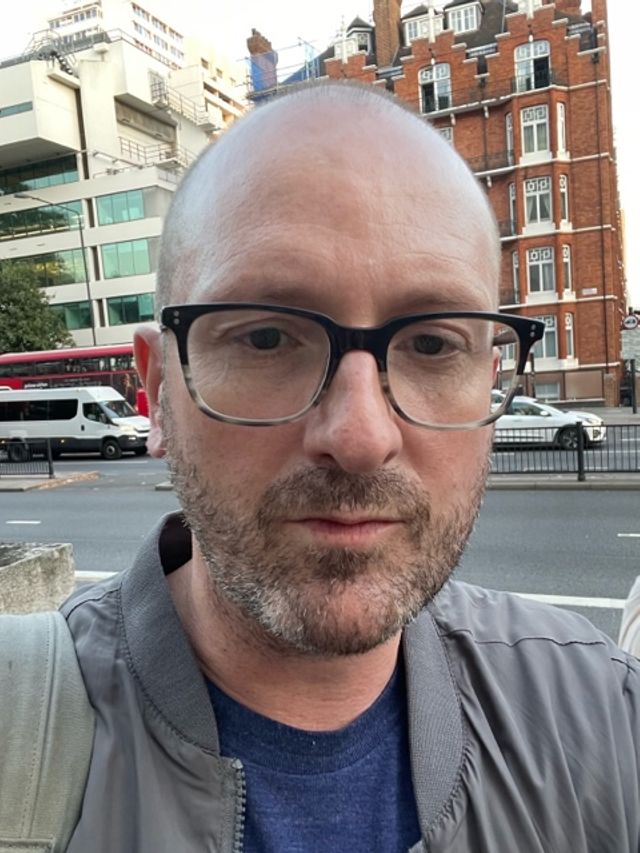I write in my book, Censored Art Today: “We are in a new age of suppression with censorship on the rise in many different forms." Censored Art Today focuses on “the new age of censorship”. Art censorship is a centuries-old issue. But how and why freedom of expression is under threat has taken on extra resonance in the 21st century.
“Artists, museums and historic statues are, to use the contemporary term, being ‘cancelled’ in an ongoing critical debate around their status and value. The perfect storm of a pandemic, the advancement of anti-intellectual populist governments worldwide and uprisings against discrimination and inequality such as Black Lives Matter have brought about a reset of perspectives and principles,” I write in the publication.
Along with the book I am launching the bi-monthly blog Trigger Warning, which will examine censorship cases worldwide, focusing on who the censors are and why they are clamping down on forms of artistic expression. The aim is to drill down on censorship episodes, analysing the implications for artists and the art world, and how such cases inform the debate around issues that dominate contemporary discourse.
The divide between "woke" and "anti-woke" factions is, for instance, not lessening but intensifying; this ideological chasm is complex and shifting but the fallout of censorship is often ignored (not anymore). In the course of my blog journey, I want to look at the different contexts in which artists, museums and curators face restrictions today, focusing on hot topics such as the algorithms policing art online and the narratives around problematic monuments. Unpicking the new “culture wars” is challenging but necessary.
As a preamble, please see below five must-read books on art and censorship that helped with my research and crucially are shaping the conversation on who is censoring who today.
Curating Under Pressure: International Perspectives on Negotiating Conflict and Upholding Integrity (2020), edited by Janet Marstine and Svetlana Mintcheva
“This insightful volume looks at the pressures on curators worldwide to self censor and how arts professionals are finding ways to operate under oppressive regimes. Janet Marstine highlights, for instance, how ‘practitioners in China and Hong Kong have developed a diverse toolkit of strategies and tactics to resist censorship and self-censorship’, including using coded language—such as ingenious euphemisms, memes and homophones—to evade detection.”
Teachable Monuments: Using Public Art to Spark Dialogue and Confront Controversy (2021, pictured above), edited by Harriet Senie, Sierra Rooney and Jennifer Wingate
“This guide for teachers and arts administrators presents a wealth of information about ‘problematic’ public statuary, acting as a springboard for discussions around Confederate monuments and landmarks in the US. Plain-speaking essays and case studies demonstrate how monuments can be used to deepen civic and historical engagement and social dialogue. Wingate told the Public Art Dialogue journal that ‘more and more, the removals or the conversations around removals are the teachable moments. It’s important to keep the conversations going, because taking monuments down doesn’t solve the problems they embody’.”

The censorship books featured in the ultimate reading list
Dangerous Moves: Performance and Politics in Cuba (2015, pictured above) by Coco Fusco
“Coco Fusco, an expert on post-revolutionary Cuba, considers how artists such as Angel Delgado and Sandra Ceballos, and collectives such as Omni Zona Franca, have developed their politically engaged practices in the authoritarian state. Her study highlights two key periods of upheaval in Cuba: the late 1980s, when performance art was gaining in popularity, and the early 2000s, when the genre re-emerged as an unofficial subculture.”
Ai Weiwei: 1,000 Years of Joys and Sorrows, A Memoir (2021) by Ai Weiwei
“The Chinese artist and activist Ai Weiwei brings extra resonance to any discussion on art censorship; in 2011, he was detained by the Chinese government for 81 days without any formal charges, an experience that shaped his artistic vision. ‘For me, inspiration comes from resistance—without that, my efforts would be fruitless,’ he writes. Speaking to me for my book, he warned that ‘the mainstream media and entertainment industry in the West are under the influence of corporations and large enterprises. Corporatocracy is very often stronger than authoritarianism of any state because it is multinational.’”
Censoring Art: Silencing the Artwork (2018), edited by Riann Coulter and Roísín Kennedy
“The scale of Riann Coulter and Roísín Kennedy’s study is impressive, focusing on the mechanisms of art censorship across distinct geopolitical and cultural contexts, from Iran, Japan, and Uzbekistan to Ireland, Canada, Macedonia, and Soviet Russia. Essays from a variety of scholars cover topics such as art and censorship in Stalin’s Russia and contemporary art created in Macedonia in the shadow of Alexander the Great. The editors write that ‘exposing its mechanism [censorship] enables us to have a greater understanding of the conflicting frameworks in which the artwork functions.’”
• Censored Art Today: Hot Topics in the Art World, Gareth Harris, Lund Humphries and Sotheby's Institute of Art, 104pp, £19.99 (hb)



